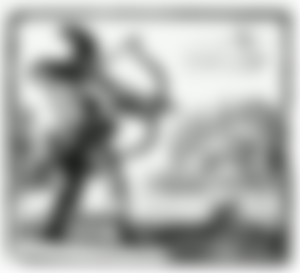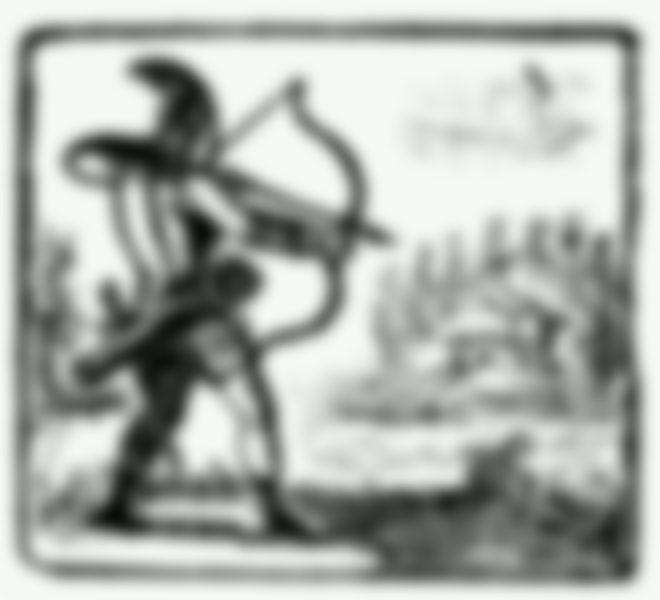There is no person in the world who has not heard of him. Robin Hood, a mythical hero from Sherwood, steals from the rich and gives to the poor, and fights for justice. But - how much of the legend about him is true?

Did Robin Hood exist? To this day, researchers do not give a single answer to this question. Since the middle of the 18th century, there have been various assumptions about his identity.
- The biggest problem is that this hypocrite of the name Robert-Robin is extremely common in medieval English sources that were strongly influenced by French culture, while the term for the hood Hood, Hood, Hood is also very present, as well as the name Robin Hood in various forms. Robert Hood was named after many outlaws who appear in the writings of the Middle Ages - explained Assistant Professor Dr. Boris Stojkovski at the forum "Robin Hood - the birth of a legend" recently held at the club "Youth Forum" of the Cultural Center of Novi Sad.
The earliest mention of Robin Hood comes from York between 1226 and 1234. The financial documents there first mention one debtor, and then the outlaw under that name. In medieval English law, an outlaw was someone who was outside the realm of law, one who violated royal regulations.
- None of this, however, is definitely true, because there is no specific source that says that a certain person was used to create the legend of Robin Hood. There are also assumptions that due to the parallels with the apostasy, some personalities served for the creation of the legend - said Stojkovski.
It is true that in the personalities of Robin Hood and Little John, some sought parallels with historical figures who were also brothers, and these are Robert and John Deville. Some authors thought that Roger Godberd or Robin Hood from Wakefield, a medieval figure from England, was hiding behind Robin Hood.
However, there is no explicit confirmation for any of them.

The most important source for the formation of the idea of Robin Hood and his merry company are folk ballads, among which the ballad "Robin Hood and the Monk" is considered to be the oldest, and it was found in a manuscript in the second half of the 15th century. Then, more precisely in 1475, the first play "Robin Hood and the Sheriff of Nottingham" was written.
Already in the Tudor era, the story of Robin Hood was completely formed, and this motif of the "good outlaw" follows the legend of this hero to this day. Only after Queen Elizabeth, in the 17th century, during the early modern century, did a large number of manuscripts appear with ballads about Robin. Some of them have medieval roots, and some are a continuation and shaping of an already existing tradition.
- Robin Hood had a very strong tradition in the early new century, as evidenced by the rich opus of William Shakespeare. Mentions of this brave outlaw in Shakespeare can be found in the works "Two Nobles from Verona" and "How glad you are", while in the play "Henry IV" the great writer mentions Robin's love for Mariana, but as a synonym for unfeminine and immoral behavior - Stojkovski points out.
Sir Walter Scott and his "Ivanhoe", Alexander Dima and his "King of Thieves", as well as Howard Pyle and his compilation of stories called "The Merry Adventures of Robin Hood", are works based on which a modern legend is built, but also a modern image of Robin Huda.
The twentieth century brought a total revolution and evolution of the character of Robin Hood. More than a hundred screen adaptations have been made - Errol Flynn has made one of the most famous film versions of this hero. Parodies were also made, the most famous of which is Mel Brooks' version.
- There were TV series, operas, operettas, comics and other shows in popular culture for children and adults that determined Robin Hood as one of the greatest (pseudo) historical figures known to almost the whole world today - Stojkovski concluded.


Nice post